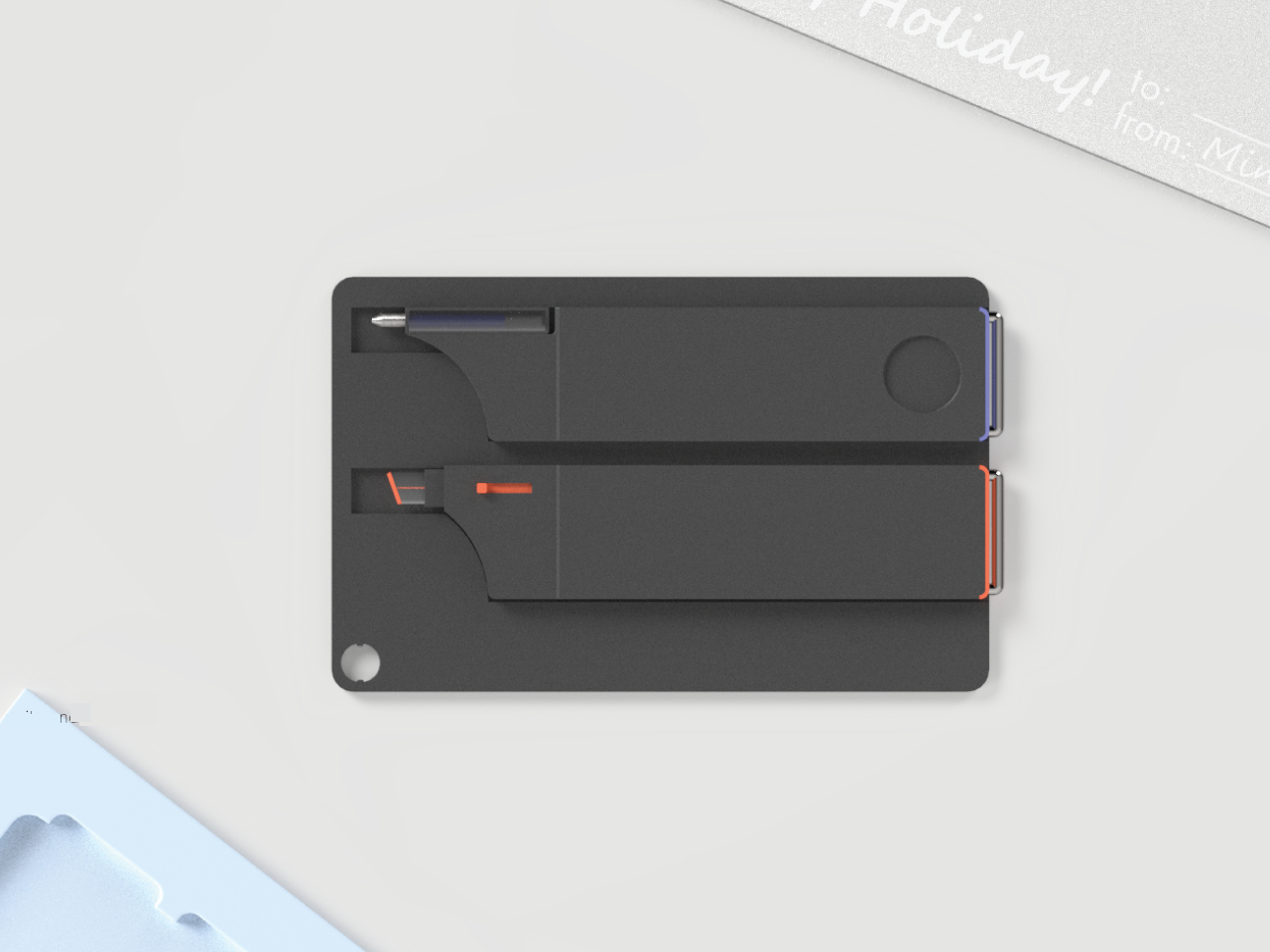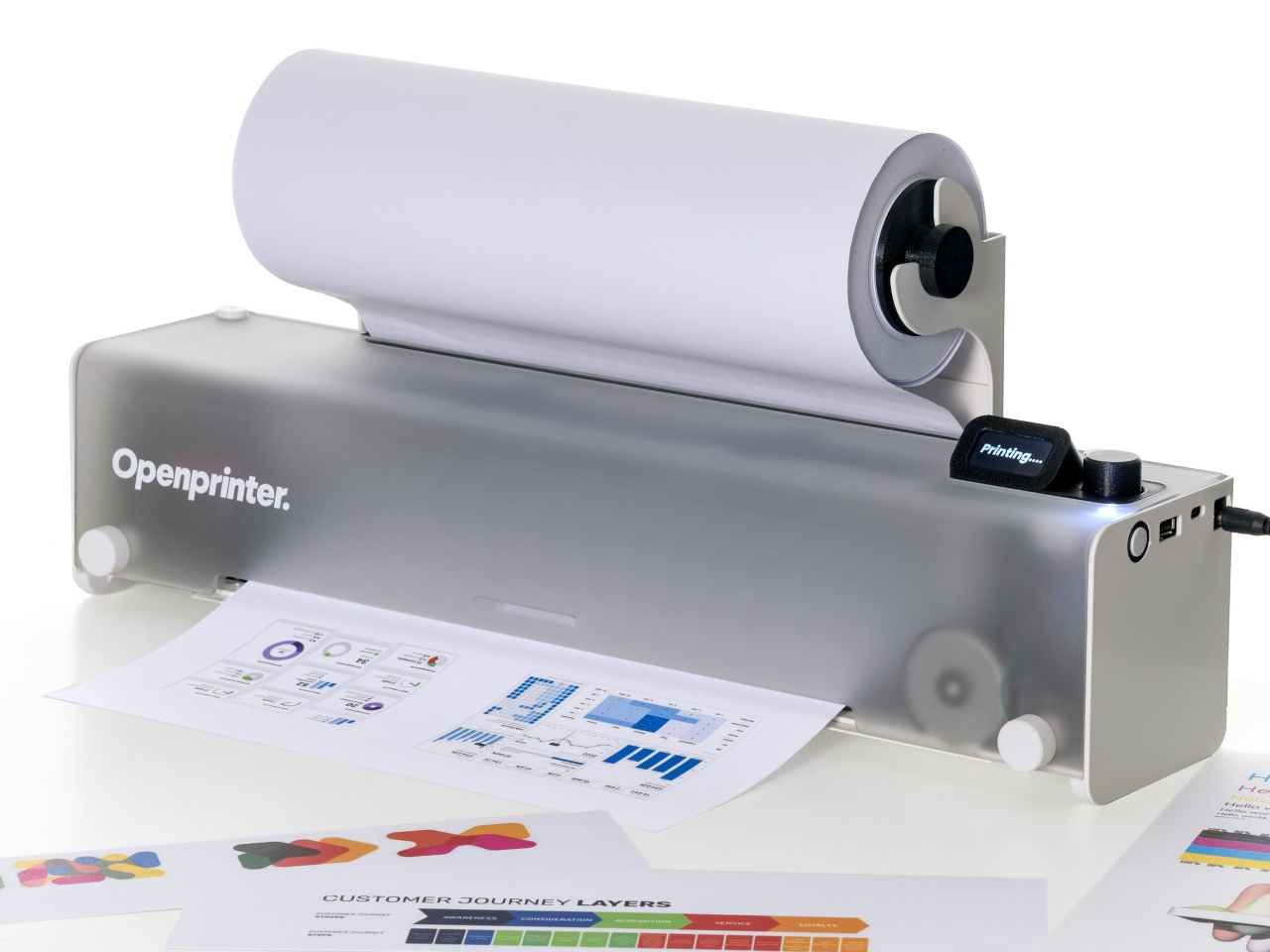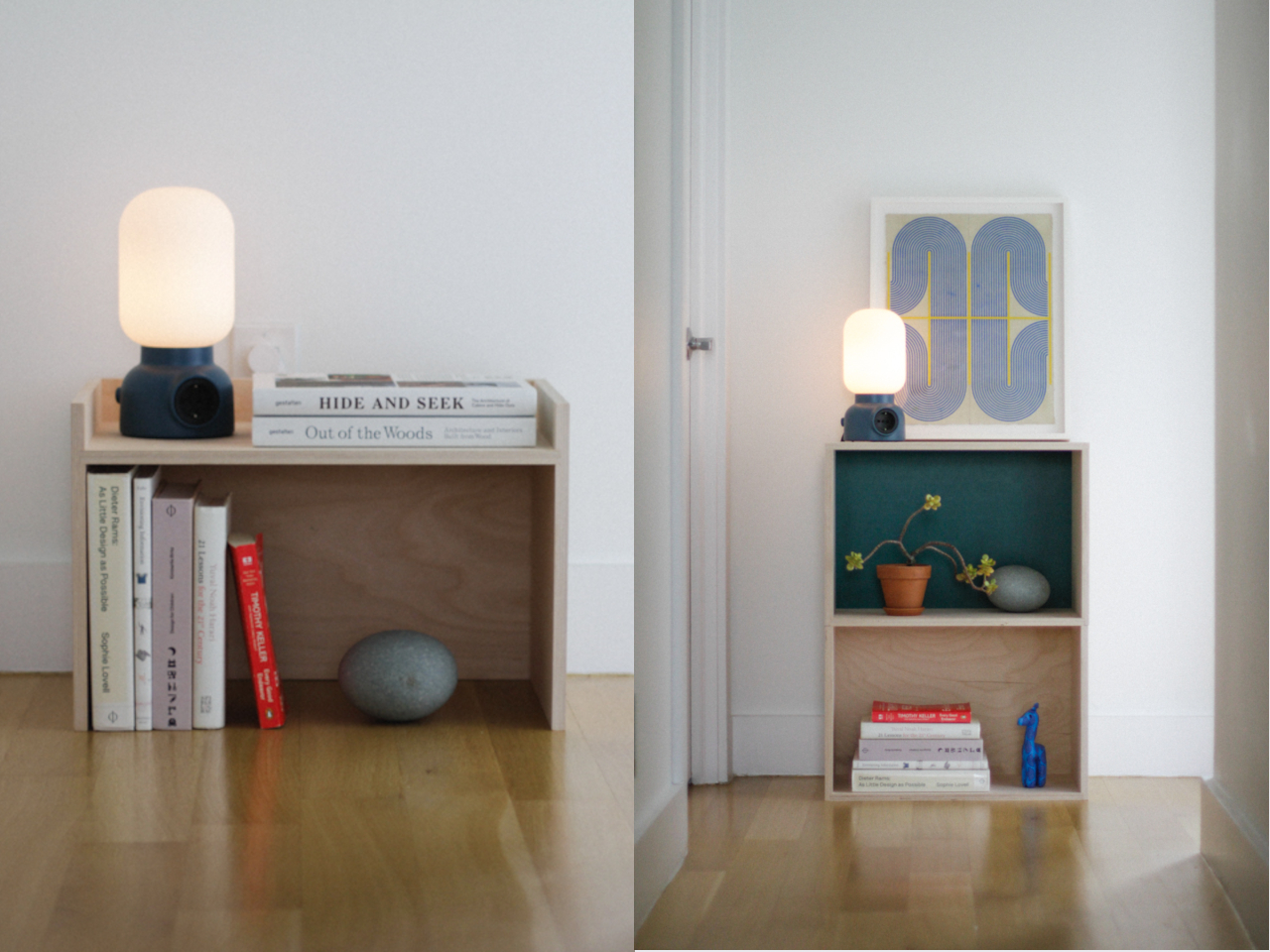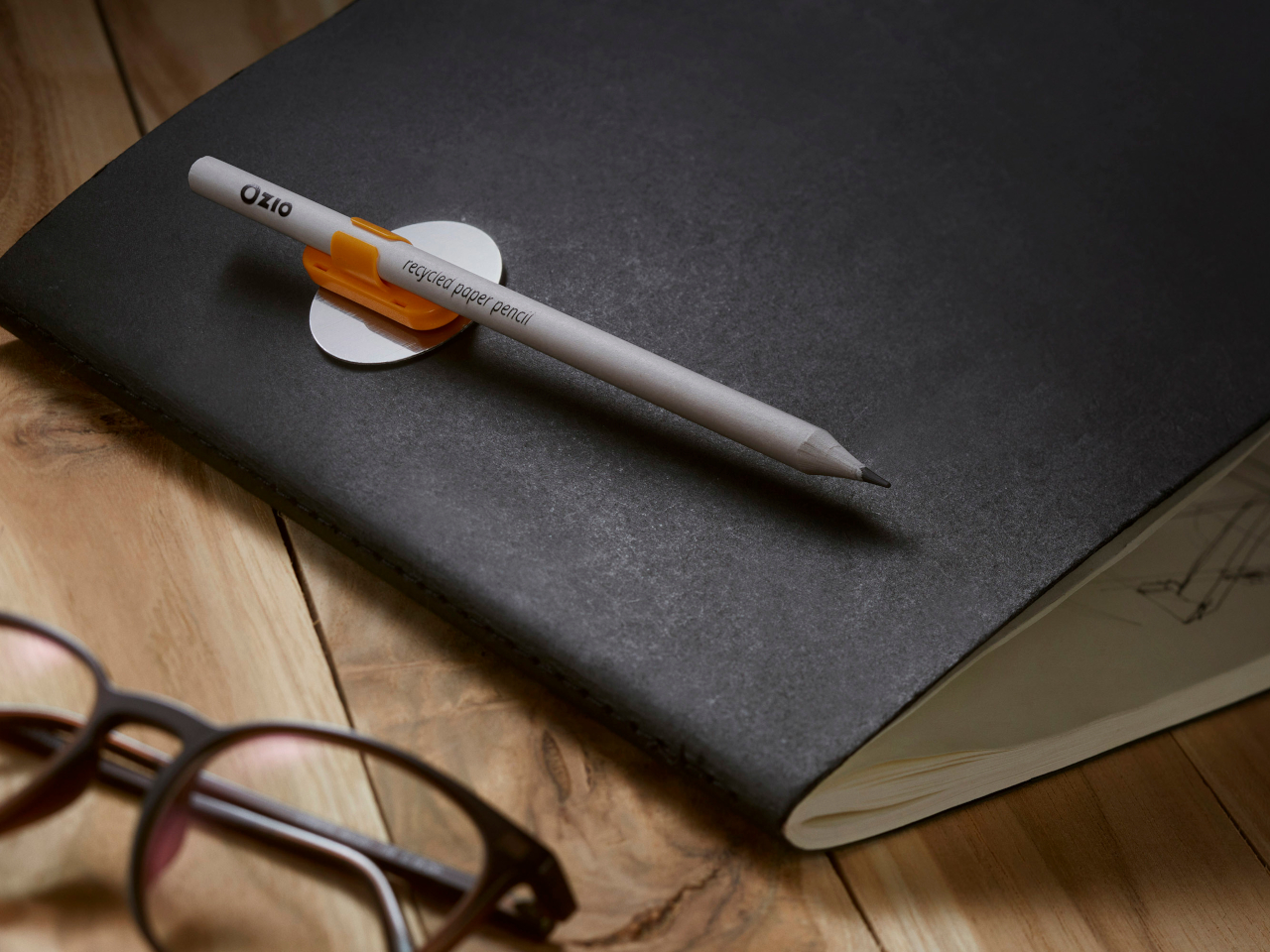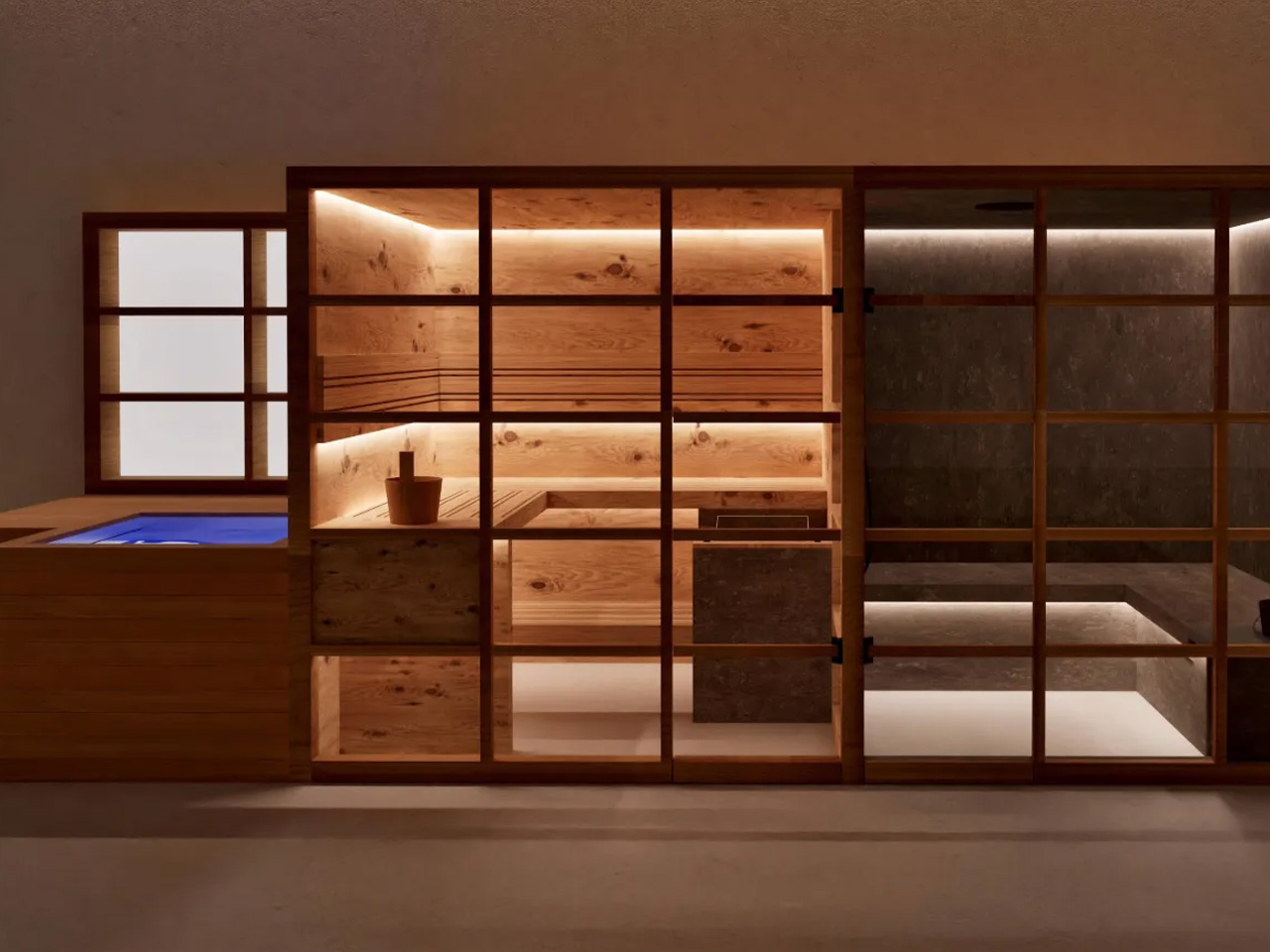
Physical media is having a moment in 2025, and it’s not just vinyl records getting all the attention. CDs are selling $541 million worth of units, up 1% from 2023, proving there’s still plenty of love for the humble compact disc. While vinyl grabs headlines with its 18th consecutive year of growth, CDs are quietly finding their way back into music lovers’ hearts and homes.
The CD players hitting the market now aren’t the chunky, plastic boxes your parents had in the ’90s. These five designs show how far we’ve come, merging sleek looks with smart features that make sense for how we live and listen to music today. The CD comeback isn’t about looking backward. It’s about finding a middle ground between the instant gratification of streaming and the full commitment of vinyl. Sometimes you want to hold your music, read the liner notes, and experience an album the way it was meant to be heard, and these players make that feel fresh again.
1. ClearFrame CD Player


Now here is something you don’t see every day: a CD player that’s completely see-through. The ClearFrame takes transparency literally, housing everything in crystal-clear plastic so you can watch the magic happen. That black circuit board isn’t hidden away; it’s part of the show, turning your tech into something worth staring at.
It treats your album covers like mini art exhibitions. Slip in your favorite disc, slide the cover into the frame, and suddenly you’ve got a piece that works on your shelf, desk, or even hanging on the wall. It’s perfect for those moments when you want to really focus on an album, not just have music playing in the background. The whole ritual of choosing a CD and watching it spin becomes part of the experience.
Click Here to Buy Now: $199.00
What we like
- The transparent design turns every play session into a visual experience.
- You can mount it on the wall like an actual artwork.
What we dislike
- All that clear plastic is going to show every fingerprint and dust speck.
- The exposed electronics might need regular cleaning to keep looking sharp.
2. Portable CD Cover Player


This little player gets something that streaming services still struggle with: album artwork matters. The built-in pocket for your CD’s cover art means you’re not just hearing the music, you’re seeing it too. It’s a simple idea that makes a huge difference when you’re trying to connect with an album the way the artist intended.
The portable design with its own speaker means you can take your music anywhere without dragging along extra equipment. Kitchen counter while cooking? Perfect. Bedroom nightstand? Works great. Want to hang it up somewhere? Go for it. This player understands that sometimes you want your music to be the main event, not just background noise.
Click Here to Buy Now: $199.00
What we like
- The album art display brings back the full music experience.
- Built-in speaker means no fussing with separate audio gear.
What we dislike
- A single speaker can’t deliver true stereo sound.
- The compact size might mean compromising on audio quality.
3. Orion


The Orion takes minimalism to its logical conclusion: a flat metal box that does one thing exceptionally well. That powder-coated finish gives it an industrial vibe that’s both tough and elegant. The front-loading slot eliminates the flip-top mechanism, creating cleaner lines and fewer things that can break.
This is for people who want their music equipment to disappear into the background. Just a large eject button and an IR sensor interrupt the otherwise perfect surface. There’s something almost meditative about using gear this simple; it forces you to focus on the music instead of fiddling with settings.
What we like
- The industrial design is both beautiful and built to last.
- Front-loading slot means fewer moving parts to worry about.
What we dislike
- Minimal controls might leave you guessing about basic functions.
- Still in concept phase, so you can’t buy one yet.
4. SYITREN R300


The R300 doesn’t try to hide what it is; it’s a CD player that’s proud of its heritage while embracing modern tech. Those finish options (wood, white, and that fascinating fruit green) show that audio gear doesn’t have to be boring black boxes. The MUSE Design Gold Award isn’t just marketing fluff; this product really does nail the balance between looks and performance.
It handles different types of music amazingly. CDs, burned discs, MP3s, WAV files – it plays them all without breaking a sweat. The Bluetooth 5.3 is cutting-edge wireless tech, while the headphone jack and optical output keep traditional connections happy. That 2000mAh battery gives you over six hours means you’re not constantly hunting for outlets.
What we like
- Multiple color options let you match your style.
- Handles practically any audio format you can throw at it.
What we dislike
- The retro styling might feel too nostalgic for some tastes.
- All those features could make simple tasks more complicated than they need to be.
5. Frame CD Player

The best designs usually know when to quit, and the Frame CD Player nails this philosophy. Clean lines, minimal fuss, and just enough features to do the job right. It’s a clever design that fits into modern spaces without screaming for attention, which is exactly what you want from good design.
The Bluetooth 5.0 connection is where old meets new in the best way. You get the ritual and sound quality of CDs with the freedom to use your favorite wireless headphones or speakers. The rechargeable battery keeps things portable without turning the whole thing into a compromise.
Click Here to Buy Now: $169.00
What we like
- The clean design works in any room without looking out of place.
- Bluetooth lets you go wireless while keeping the CD experience.
What we dislike
- The minimal controls might mean reaching for your phone more than you’d like.
- The simple design could mean missing out on advanced playback features.
CDs Are Having Their Moment Again
Something interesting is happening with how people consume music. After years of endless streaming playlists, there’s a growing appetite for the complete album experience. These CD players tap into that desire for intentional listening. When you put on a disc, you’re committing to the artist’s full vision, not just hunting for the next dopamine hit. CD sales climbed by just under 6.5% at independent record stores, which tells you this isn’t just a fad.
People are actively choosing physical media again. The broader picture shows physical purchases comprised 11% of the $17.7 billion in music revenue recorded in 2024, up 5% from 2023, proving there’s real money behind this trend. These five players solve the biggest problems CDs always had: ugly design and limited functionality. They keep what made CDs great, excellent sound quality, durability, and the satisfaction of actually owning your music, while adding the connectivity and style that make sense for how we live now.
The post Top 5 Modern CD Players That Prove CDs Are Making A Comeback In 2025 first appeared on Yanko Design.
![]()
![]()
![]()
![]()
![]()
![]()
![]()
![]()
![]()
